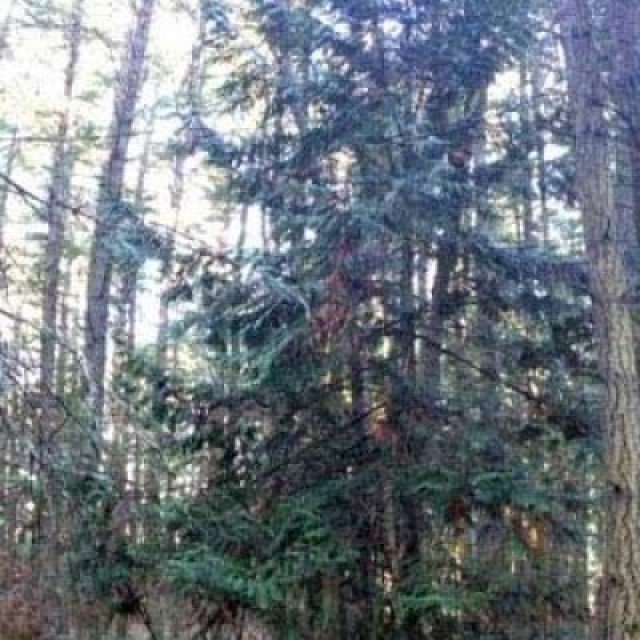COMMON NAME
Western redcedar
SCIENTIFIC NAME
Thuja plicata
ALSO KNOWN AS
Redcedar
Plant family
Cypress (Cupressaceae)
Plant group
Conifers
This is a tall tree easily growing to 150-200 feet, with a conical to irregular crown and many leaders. The dense branches are arching and pendulous, with flattened frond-like, fanning branchlets providing protection from the elements.
83 reports
38+
OBSERVERS
83+
OBSERVATIONS
Identification hints
Native trees growing to 50 (-75) meters tall, often buttressed at base, with a conical to irregular crown, old individuals frequently with many leaders and many dead spike tops; branches arching, branchlets pendent, flattened, in fan-shaped sprays; bark gray to reddish-brown, 10-25 mm thick, fibrous, separated into flat, connected ridges. Leaves are evergreen, scale-like and sharply pointed, (1-) 3-6 mm long, opposite in alternating pairs (in 4 rows), glossy green above, white-striped on the lower surface, with a spicy fragrance when crushed. Seed cones are ellipsoid, 10-14 mm long, brown; seeds 8-14 per cone, 4-7.5 mm long, with lateral wings about as wide as the body. The common name pertains to the western distribution and cedar-like appearance.
Did you know?
The western redcedar is actually an arborvitae - a "false" cedar. The spelling of the name "redcedar" as one word indicates that this is not a true cedar.
DISTRIBUTION IN TH U.S.
There is no information available about this species.
HABITAT
There is no information available about this species.
See Menu
- 2021 Chicago Botanic Garden. All Rights Reserved.
-
Creative Commons
BY-NC-SA 4.0 - Terms of Use
- Privacy Policy
- Data Sharing and Citation Policies
- 2021 Chicago Botanic Garden. All Rights Reserved.



